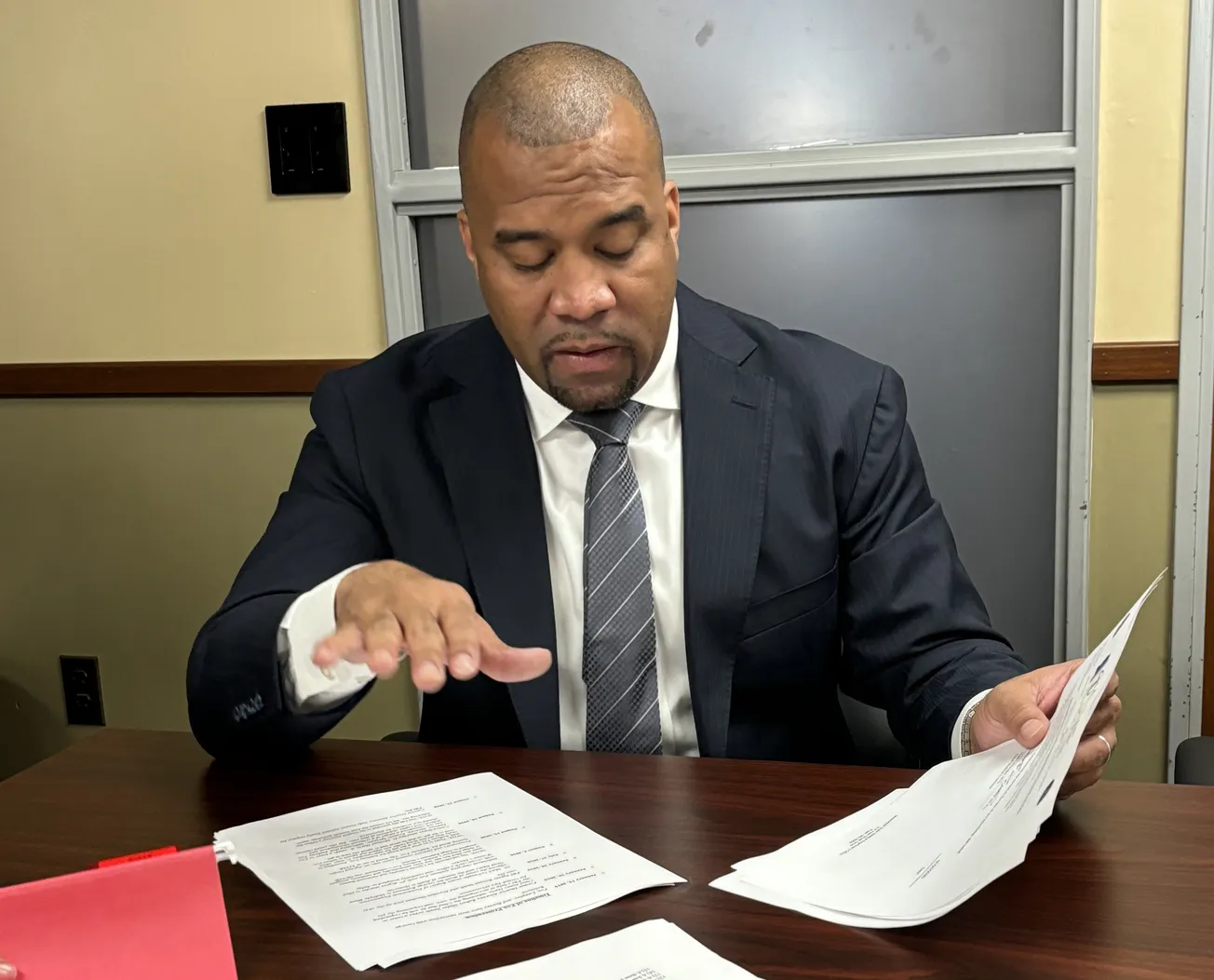While reading “Teaching in Black and White: The Sisters of St. Joseph in the American South,” a 2022 offering from CUA Press, I was reminded of the timeless truth that Servant of God Thea Bowman echoed in her classic speech to the U.S. bishops in 1989:
“For so many of us, being Black and Catholic means having come into the Church because education opened the door to evangelization.”
Barbara E Mattick presents a deep look into the activity of the Sisters of St. Joseph in the historic Black Catholic settlements of St. Augustine, Florida—the oldest city in the nation, predating the United States itself by more than two centuries. By taking us on this journey, Mattick invites the reader into the culture and customs of one of the oldest sites for Black Catholics in U.S. history. It is a remarkable book that presents a fascinating chronicling of missionary work in the crucial service of administering the Catholic faith to formerly enslaved African Americans after the Civil War.
The book starts with a remarkable background segment on Bishop Jean Marcel Pierre Auguste Vérot, better known as Augustin Vérot. This favored cleric arrived with much anticipation in the small community of St. Augustine. Fueled by concerns about the well-being of the formerly enslaved and the support of Florida legislation for their educational needs, Verot returned to France to find laborers.ᅠ
“I have five or six hundred thousand Negroes without any education or religion… for whom I wish to do something,” he famously said in 1865.
As a result of his travels, he enlisted a band of a few faithful women, the Sisters of St. Joseph. The sisters arrived in St. Augustine in September of 1866 with no English but hearts aflame with the gospel and the spiritual condition of aspiring Black Catholics.ᅠ
The backdrop of their arrival to serve the freed Black Americans coincided with the Second Plenary Council of Baltimore, convened by the U.S. bishops that October. In this crucial gathering, they declared that serving the ministerial needs of the Black population was a key endeavor. The sisters were picking up this responsibility for evangelizing.
One of the beauties of Mattick’s work is her wonderful rendering of the sisters’ experience of serving in America, supported in the text by their extensive personal letters and testimony. Through the many journal entries and other primary documents, the readers enter into the vantage point of the French holy women.
The book doesn’t shy away from the competitive nature of evangelizing the formerly enslaved. In making this point, Mattick provides a comprehensive look at how the Catholic Church contended with other denominations in St. Augustine. She shows how several Black-majority Christian branches began to develop their own autonomous communities, which influenced Black Catholics to have their own church. Eventually, this would develop into St. Benedict the Moor Catholic Church, established in 1911.

Even though I enjoyed reading about the building up of the Black faith community, it was disheartening to learn that the sisters were persecuted because of their work. In 1913, Florida passed a law that prohibited White people from teaching in Black schools, putting the local church in a potential bind. In 1916, three of the sisters were told they were in violation of the law and were arrested. Eventually, one of the sisters was released because the law violated the Fourteenth Amendment.
One of my favorite aspects of the book, however: a willingness to meet the “least of society” with the empowerment of the gospel through the Catholic Church. The Sisters of St. Joseph of St. Augustine had a desire to improve the condition of African Americans and found solutions that gave them spiritual identity in a time when the race was trying to make sense of how to navigate Jim Crow America.
As the American Church continually seeks to understand the needs of Black Catholics, it may be helpful to make a critical examination of the groundbreaking foundation the Sisters of St. Joseph laid for those in the South, with education and religious instruction against all odds. Overall, “Teaching in Black and White” is a great reminder to the American bishops that with the proper support, Black Catholics can be shown to have an indispensable position in the Church.
I'm separated by over a century from the work of the Sisters of St. Joseph in the South, but I marvel at the generations of Black Catholics we likely have today directly because of the investment the sisters laid with the seeds of education. With this exciting book, the author gives an opportunity to get into the movement of how the Church entered the Black community.
Mattick’s work presents a unique opportunity for the Catholic Church to recommit to saving our Black Catholic schools and serving our unique spiritual needs. Judging by the anti-Black discourse from Catholic faces in positions of influence—especially in Florida itself—the reminder is needed now more than ever.
Efran Menny is a husband, father, and small-time writer. He’s a passionate educator, student of social work, and host of the "Saintly Witnesses" podcast.











